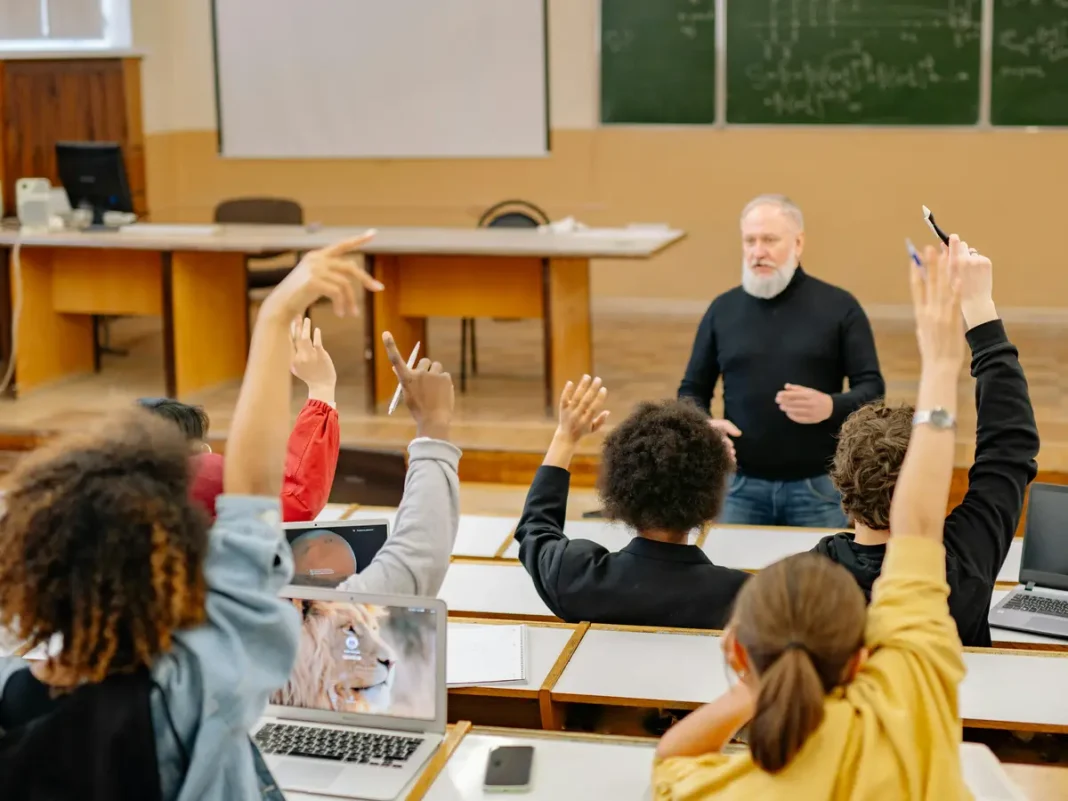Key Takeaways
- AI won’t replace teachers but will transform their role from information deliverers to facilitators of higher-order thinking
- Human teachers provide irreplaceable emotional guidance, ethical mentoring, and social connection
- Educators must overcome tech fear and teach students how AI works, not just how to use it
As artificial intelligence transforms education capabilities, BrightCHAMPS CEO Ravi Bhushan offers a reassuring perspective: human teachers are not becoming obsolete. Instead, AI marks a fundamental shift in the educator’s role from information delivery to developing critical thinking and emotional intelligence.
In an exclusive discussion, Bhushan emphasized that while AI can personalize learning and scale one-on-one instruction, it cannot replicate the human connection essential for holistic development.
The Human Advantage in Education
Bhushan draws a clear distinction between AI’s capabilities and human strengths. Intelligent Tutoring Systems can accelerate learning outcomes and adapt to individual student paces, making personalized education more accessible. However, emotional guidance, ethical mentoring, and genuine student-teacher connections remain uniquely human domains.
“Learning isn’t just data transfer,” Bhushan explained. “With human teachers, students develop EQ alongside IQ. Educators can read non-verbal cues and body language, tailoring approaches to each child’s social and emotional needs – a richer experience AI cannot duplicate.”
Embracing Technology Without Fear
With the World Economic Forum highlighting growing demand for human skills like empathy and critical thinking, teachers face new responsibilities. Bhushan offers a straightforward solution: educators must first overcome their own technological apprehensions.
He urges moving beyond “sweeping generalizations and fear-mongering” toward modeling curiosity and critical thinking. “Digital learning is inevitable for Gen Alpha and beyond,” Bhushan stated. “Denying this fact deliberately holds students back.”
Teaching the ‘How’ Behind AI Technology
The most crucial modern teaching task, according to Bhushan, involves ensuring children understand technology responsibly and ethically. The focus should shift from “how to use” AI to “how it works” – including its limitations and biases.
He provides compelling examples of this approach:
- Social Media Awareness: Show students how platforms optimize engagement by reinforcing thought patterns rather than simply warning about consumption
- AI Bias Education: Demonstrate how underrepresented communities face exclusion in AI datasets, creating creator-driven biases and hallucinations
- Research Methodology: Illustrate how over-relying on single information sources leads to inaccurate assumptions
“We teach responsible technology use by combining how technology works with understanding its flaws and evolving nature,” Bhushan concluded. “We can only fix ethical gaps if we first honestly acknowledge they exist.”





